Below is the biography of Princess Helena Augusta Victoria (25th May 1846 – 9th June 1923), a British monarch.
Early Life and Childhood of Princess Helena
Princess Helena was born to Queen Victoria and Prince Albert on the 25th of May 1846 at the Buckingham Palace, London. She was the third daughter and the fifth child of the British monarchs.

As she grew up she was educated by her father and his close friend and advisor Baron Stockmar. Most of her childhood was spent traveling across Britain and living at various palaces and royal residences.

Queen Victoria came to the throne after the death of Prince Albert in 1861 which led the Queen to depression and the playful atmosphere of the Palace came to become silent.
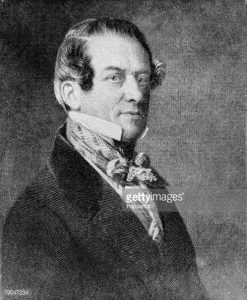
Princess Helena is believed to have had an affectionate relationship with her father’s librarian – Carl Ruland. This is assumed keeping as evidence of her letter to Carl.
However, the Queen wouldn’t approve of this relationship and sent Carl back to his hometown in Germany.
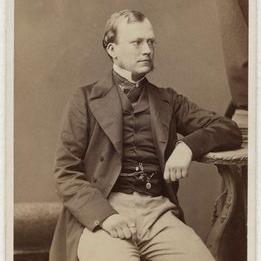
On 5th July 1866, Princess Helena was married to German Prince Christian of Schleswig Holstein.
They resided in England itself and helped Queen Victoria in administration along with her sister Princess Beatrice.
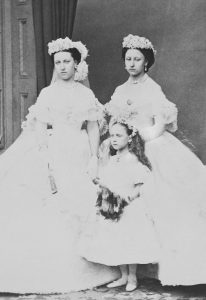
Helena is said to be the most active member of the royal family. She was always involved in royal engagements and was active publicly. She was one of the founding members of the British Red Cross.
She was also the founding president of the Royal School of Needlework. She was the president of the Workhouse Infirmary and the Royal British Nurses’ Association.
Supported Activities by Princess Helena
Nursing
Princess Helena had immense interest in nursing. She became the founding member of the British Red Cross in 1870. She would recruit nurses for relief at the Francian- Prussian War. She encouraged more and more nurse registration.
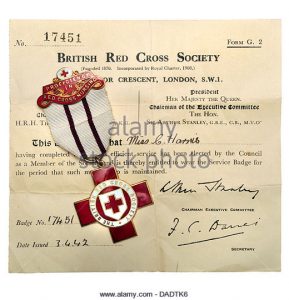
She was social and would correspond with common people unlike the other monarchs of England. She would get along with the women in those days and would understand the day to day problems they go through.
Since she was so close to the society she was able to provide encouragement and support to women in pursuing a career.
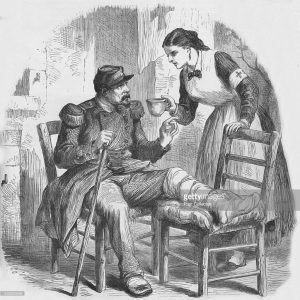
She was also very hospitable herself. She would host dinners and buffets for the poor at the Windsor Guildhall.
Writing
Helena was into writing as well as translation. She is known to have translated the Biography of her father – The Prince Consort by Sir Charles Gray from German to English.
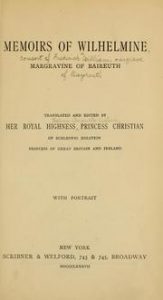
In 1887, she translated the book – The Memoirs of Wilhelmine from German to English in a lively and sound manner. A German leaflet on the guide to First Aid for Beginners was also translated by her and used until 1906.
Needlework
The Royal School of Needlework became ‘royal’ because of Helena becoming one of the founding members. She was active at the school in encouraging and motivating individuals all the time.
She declared the purpose of learning needlework to be the ‘revival of this beautiful art’. She was the one to write to Royal Commissioners requesting money for the school to buy utilities.
Not only that, but she would also host activities such as flea markets and bazaars as a platform for the gentlewomen to make money by selling their creativity in the form of their needlework. When Christmas bazaars were held, she would participate as the chief saleswoman.
Later years and the death of Princess Helena
Princess Helena had a daughter – Princess Marie Louise with Prince Christian. In 1916, they celebrated fifty years of marriage.
Since during this time German and England were at war, Helena faced some hardships in maintaining cordial relationships with the German empire.
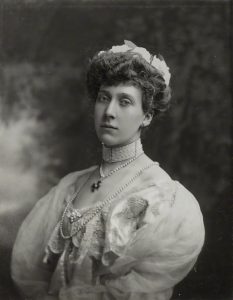
In the year 1817, Helena’s son – Prince Albert fought on the side of the Prussians in the Prussian- English War. In the same year, Princess Helena lost her beloved husband Prince Christian at the Schomberg House.
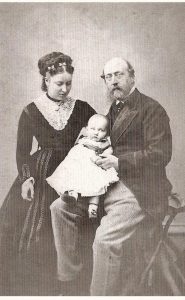
In the 1870s Princess Helena suffered from rheumatism, congestion in her lungs, and had problems with her joints.
Six years later, after the struggle of going through arguments about living in the castle, she passed away on 9th of June 1923 at the Schomberg House.

Her funeral was presided over by King George. She was buried in the Royal Vault at St. George’s, Windsor.
This location was later changed to Royal Burial Ground, Frogmore after its consecration on the 23rd of October 1928.
More Info On- John Philip, John Leech, Richard Dadd, Henry Nelson, William Powell